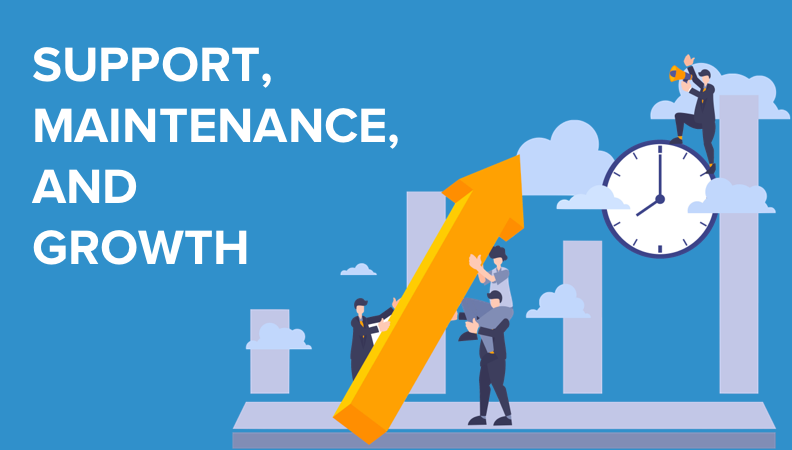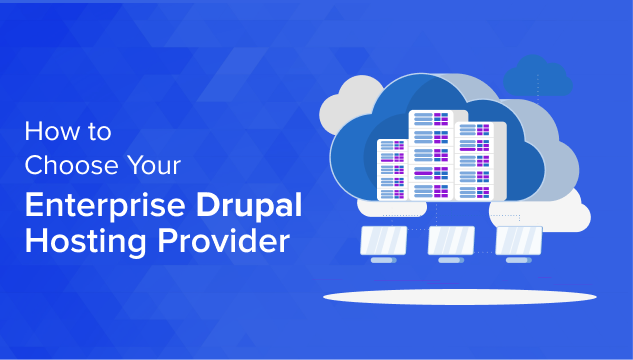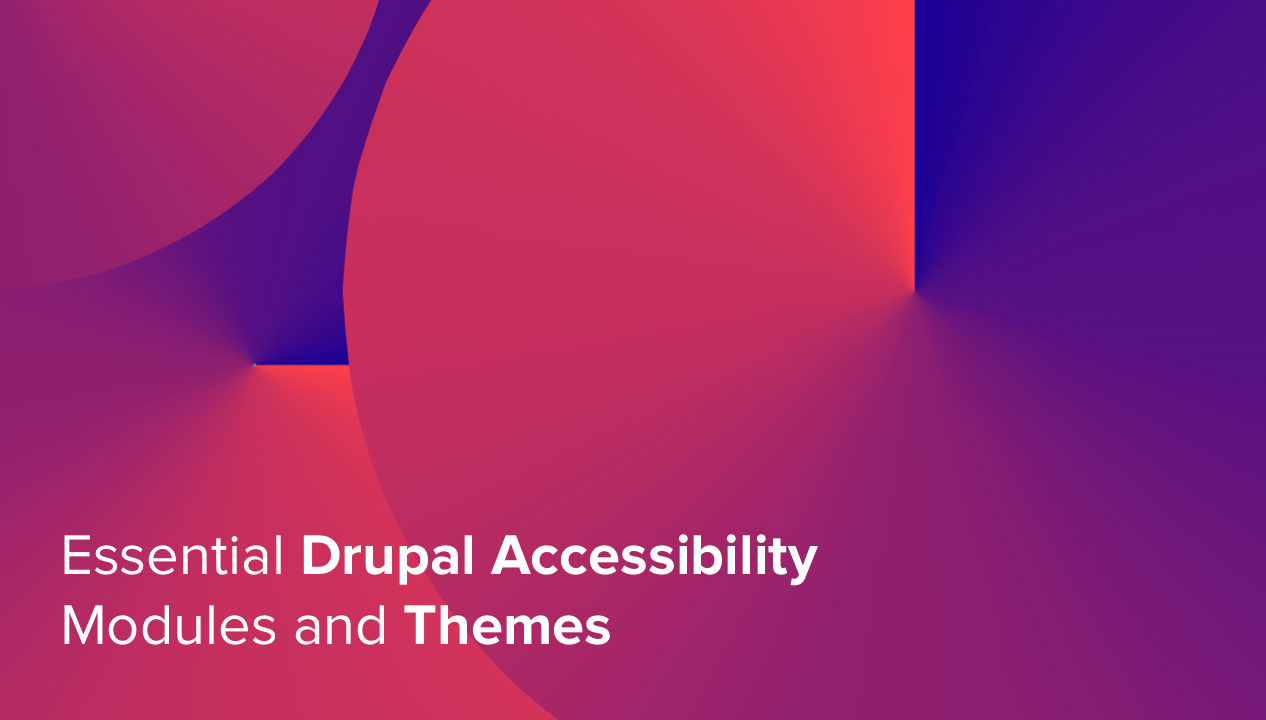- Solutions
- For Industry
- By Need
- Products
- VarbaseEnterprise CMS Distribution for Drupal
- Uber PublisherEnterprise Digital Media Platform Builder
- VardocDrupal Knowledge Base Platform
- Campaign StudioOpen Marketing Platform - by Acquia
- Open SocialSocial Business Platform - by Open Social
- Services
- Strategy
- Design
- Development
- Migration
- Support and MaintenanceSupport and Maintenance
- DevOps
- Digital Marketing

Datasheet

- Clients
- Ideas
- About
- Contact Us

What is Customer Obsession? Examples, Framework & Future

Customer obsession is not a new notion. It’s been there ever since Amazon’s CEO mentioned it repeatedly in his earliest interviews in the mid-90s. But due to the increase in commerce competition in the virtual world, the term started to get trendier and saw an unprecedented interest! It’s for this reason that we opted to write this article, which includes not only examples of customer obsession but also a scientifically proven framework to build your business culture around this notion.
From Customer Obsession to Customer Needs
Understanding the Notion of Customer Obsession
Customer obsession (or CO) refers to the mindset or business model that focuses on prioritizing customer needs above everything else. This approach primarily pivots on the whats and hows of making a customer happy, rather than only increasing the ROI or even outperforming the competitors.
This doesn’t mean that the CO approach calls for capital loss or neglects competition! But the point is: companies that want to play the long run and stick around for decades… should crave making their customers as happy as possible with good products and services and reasonable prices.
Sounds familiar? If so, it’s exactly what Amazon and Alibaba did and still do. These are two great examples of customer-obsessed companies whose models we will discuss more profoundly later.
But we’ve mentioned satisfying customer needs more than once without really knowing exactly what the notion refers to! Let’s find out more about it now!
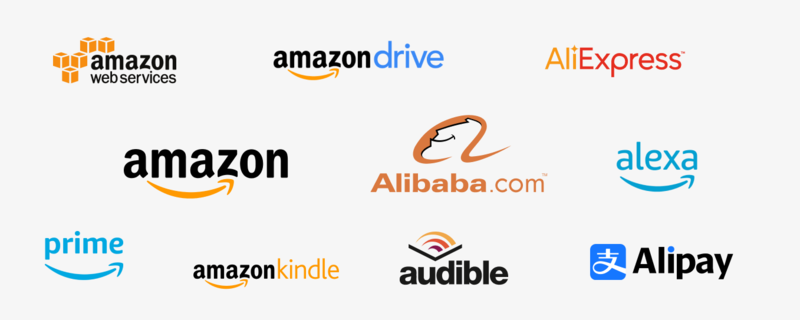
Customer Needs Are about JTBDs, not the Products and Services themselves!
So, customer needs refer to the job a customer wants to get done. Notice that we don’t say products or services, it’s a Job To Be Done or JTBD for short. This becomes very clear in the famous statement of the American economist Theodore Levitt. Levitt says “People don't want quarter-inch drills. They want quarter-inch holes.”
In other, people buy the product that makes quarter-inch holes; and as far as they’re concerned the drills do that best! If in the future another tool is invented and proves to do the task more efficiently at a lower price, people would just forget about the drills! And this applies to all industries and businesses, regardless of what you offer: a service or a product.
For example, people don’t want navigation apps like Google Maps or Apple Maps, people want to reach their destinations without getting lost. We can even take the legendary presentation Steve Jobs delivered to introduce the iPhone 1 in 2007 as an example. Before he even said what the product is (a smartphone), he continuously spoke about the needs: taking pictures, listening to music, making calls, texting… etc. Then he introduced a product that fulfills all these needs at once, and which the customer was not aware exists in the first place!
In other words, it is your job as an entrepreneur to lead and manage your team on creating solutions that will primarily satisfy customer needs. This proves right what famous economist David Christensen says “The customer is the wrong unit when you’re trying to innovate.”
Christensen implies that you should study what a customer is trying to accomplish. Then innovate new better ways that reduce customers’ frustration and increase their satisfaction. It’s inefficient to focus on the customers themselves, and how to make them pay more for the same outcome.
But how can we do that? How can we identify the needs of our customers, thus developing a product or service that will make them happier? The answer lies in a formula cooked in the 1940s by the mathematician George Polya, and which still works up till now. And as long as there are JTBDs, the formula will still work and succeed!
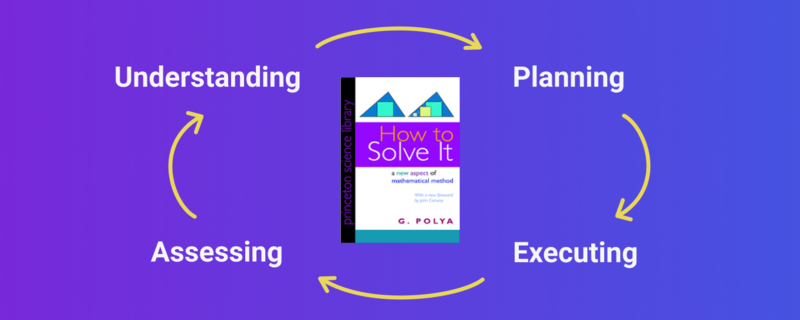
Four Steps to Build a Customer-Obsessed Culture
Based on the four steps George Polya explained in his book “How to Solve it?” We will identify and innovate ways to fulfill the needs of our customers. And by adopting this framework, we’ll also be able to build a customer-obsessed brand or culture.
With no further prolongations, these are the steps you should follow to adopt customer obsession brand culture in your company:
1 - Identify Your Customer’s Needs (Understanding)
You might ask why is it important to understand customer needs. Why can’t we just follow the norm and go find an existing product, do a couple of simple improvements, then try to market it madly?
Well, these are valid questions and claims that may or may not be true. That’s why if you pursue such a business strategy you may or may not succeed! But in this guide, we are talking about the approach that’s being used by the top 10% of the top 10%, and it’s what’s keeping them afloat: Understanding and Innovation.
So, if you want to join the long-term run and build a long-lasting six or seven-figure business (or more) make sure you understand your audience and innovate, rather than mimic and repeat.

So, to understand your audience we recommend:
- Check Amazon reviews: In its logo, Amazon has an arrow from the letter A to the letter Z. The arrow implies that amazon sells everything; from A to Z! This includes what you sell or want to sell. So, just go out there and start searching for all the products that are related or similar to yours. Especially the ones with average or low reviews, because these are the ones that show where your customers struggle to get their job done. It may look like a competition-obsession rather than a customer-obsession, but the difference is the why! In other words, we are trying to understand our customers, not copy a product.
- Ask your audience about their needs: If you already have a standing business with a good customership, you can just go out and ask them about their needs! But depending on the nature of your customers, the way you ask your audience can differ… If you sell $$ or even $$$ products, you can simply make social media polls or quizzes and collect the answers. But if you work with shark clients or bigger, a one vs one meeting is a must.
- Everyday life’s observation: People buy things that reduce and avoid struggle. And if you help them get that job done for reasonable costs, they’d happily become your customers. So, keep your senses awake and be open to suggestions from your employees. You don’t know when the next opportunity will pop up.
- Big data analyses: Big data refers to the totality of data collected by companies and software and websites about an audience member for a long time. Facebook’s big data for instance includes all the likes, shares, comments, and messages a Facebook user performed ever since day one on the Gigansor’s platforms. You can do the same on a smaller and more convenient scale! You can collect visitors’ information, and use chatbots to know more about your customers' needs. The data will be stored by your hosting servers and accessed by you and your website admins. And you can hire freelancers (unless you have data analysts in your team) to develop KPIs that study and make sense of the collected data. You will have precise, unique, and personalized data to help you innovate in prioritizing customer needs. Still, make sure you don’t breach the indirect privacy agreement you build with your customers. Or simply ask for permission before collecting any data.
Relying on these four simple but effective strategies, you would be able to identify the current needs of your potential customers. But identification isn’t what builds obsession culture! So, let’s proceed.
2 - Create the Product/Service and Plan How to Market it (Planning)
By now, you should know what your customers struggle with, and what makes them frustrated and unhappy with the existing product or service. It’s time to innovate!
There is, unfortunately, no formula for innovation and creativity! That’s why it’s called creativity. It’s you and your team’s job to get inspired by existing items to come up with alternative solutions that satisfy the customers and make them happier for very reasonable costs.
Still, when trying to market your product, it’s highly recommended to follow the eight steps in the digital customer journey. That way you’d be able to increase your brand awareness as well as the conversion rates. You’d also be able to know what and where to optimize, and you can also know how to!
Let’s look at these two examples of how two companies were inspired by existing JTBDs to innovate unprecedented successful solutions!

A - FedEx
There was no FedEx before FedEx. But delivering a product X from point A to point B safely is an eternal human need! This has always been a need, and it probably would always be there (Unless we moved to live in the Metaverse!).
So, it was Frederick W. Smith’s (Founder of FedEx) idea to create a delivery service that would grant people safe and cheap product delivery across the world. The need has always been there, but not the solution... And you can do the same!
B - Macintosh
The Macintosh came in a period of time when computers were only found in universities and big libraries. One computer would’ve required a two-bedroom apartment for itself, and it was too stupid to perform any basic task.
Yet, the economy was advancing fast and the need for a tool to help solve problems and store data was peaking unprecedentedly. So, the Macintosh came as a small computer that can fit in the corner of one’s office. And it was able to perform all these necessary basic tasks very fast.
The solution was inspired by an existing product (Computers), but Apple’s team recreated the product to meet the new customers’ demands and needs. A new version of an old product was developed to satisfy a new form of an existing and long-lasting need.

So, spend time brainstorming ideas with your team, and create the product or service that would be the next success story. Make sure your digital customer journey (DCJ) is well-planned. And if you are a new business, we highly recommend reading our digital customer experience guide, which will help you develop your online identity.
3 - Carrying the Plan Out (Execution)
As the name suggests, here you will be executing the plan and making sure everything goes as planned.
If you’re offering software as a service (SaaS), you want to make sure the code deployment wouldn’t stand in your way or slow your progress. You can do that by adopting the DevOps approach to increase code deployment and reduce lead time for a change.
And if you’re selling a product online, you should also use the right Content Management system (CMS) to suit your needs. We highly recommend Drupal for its elite security levels and Varbase since it helps you build highly responsive websites easily.
Learn Why Varbase CMS Is the Best Multilingual Enterprise-Grade Drupal Website Builder
4 - Continuously Assess and Improve the Plan (Assessing)
The fourth step is where the fun starts! It’s been a long season, and now it’s high time you harvest the crops of your innovation.
This is the phase where you get to know whether your innovative solution succeeded in attracting our audience or not. But don’t worry if your results aren’t as you expect or opt for! You can study the DCJ stages and find out where the conversions are being lost. Optimize that step, plan the journey, execute, assess, repeat!

So, now you have a system that your team would follow to prioritize customers and their needs over everything else. And the system is a reflection of your whole business’s culture! New employees will quickly adapt and conform to the norm of your company: customer happiness first.
Why Customer Obsession (CO) Will Matter More in the Future
If you read up to this point of the article, the answer would be a no-brainer for you!
Customer obsession will only matter more in the future because the internet is bridging the gap between production and salesmanship. People can easily go and see how much it costs to produce a product/service, how much effort a company devotes to creating them, and whether they respect their audience or not!
With a click of a keyboard, everything becomes evident. And guess what! More people will do business with companies that offer them all that we mentioned: best solutions, high-quality products/services, seamless customer journeys, and at reasonable costs.
CO will also matter more in the future because e-commerce is becoming a trend and everyone is doing it! Startups and old giant corporations are alike selling online today. The competition is only likely to get fiercer in the next few decades.
This gives customers way more choices than ever before! They’d navigate different web stores in minutes and decide from whom to buy. By adopting the customer-obsessed culture, you’re giving yourself a massive chance to withstand competition, and nail the long-term fight.
Customer Obsession Examples
To deepen our understanding of the concept of CO, we’ll be talking about three major examples of pioneering businesses that rely on this approach.
1 - Amazon’s Obsession with Customer Obsession
There are countless things Amazon’s CEO Jeff Bezos mentions to justify his company’s success. But he can’t seem to take an interview without saying that his company is eager to help his customers.
He even goes on to say that his business model is centered around customer satisfaction, not income! Bezos says “Customers are always dissatisfied, they just don't know it. Even if they're happy, they want better ways but they still don't know what that should be!”
He means that there is always room for innovation and finding new ways for the JTBDs to be completed. And Amazon is successful because it’s successful at spotting these opportunities and inventing on the behalf of its customers.
Another thing Bezos strikes interviewers with is the very low-profit margin they make. In 2011, Amazon launched its first tablet generation at only $139! Which was $200 cheaper than the cheapest iPad at the time.
Bezos commented on that saying: “We are selling premium products at non-premium costs… We are selling the tablets at break-even. But unlike other companies, we opt to make a profit when people use the product, not when they buy it.”
And this is another example of how Amazon is customer-obsessed. Jeff Bezos concludes that entrepreneurs who adopt the customer obsession mentality should opt for a 5 to 7 years plan rather than a 2 to 3. That’s because the wealth will be made slowly, but it’s far safer and it will continue to peak when quickly made wealth can disappear overnight.
2 - Tesla Motors: High Performance for Low Prices
The fast-growing electric vehicles company is also showing some impressive customer obsession qualities. The company builds high-performing electronic vehicles and sells them for very cheap costs (on a relative scale).
For instance, its recently released four-seat sports car The Roadster 2020 reaches 60mph in 1.9 seconds and exceeds 250mph top speed. Any other car with this car’s features costs no less than half a million dollars! But Tesla offers free shipping around the U.S, six months of free charging in Tesla’s charging stations, and the car costs only $200,000. Which is a very low price compared to other cars in the same category.
You may not be interested in cars, and you’re not interested in selling any! But the lesson here is to see how far Tesla raises the bar by quality products and low prices, and it still became one of the richest companies in a very short period of time.
You can just do the same! Provide high-quality products and services to your audience for slight income, plus extra services if possible. And the outcome would be an endless list of new inbound leads joining your customers’ community.
3 - Duolingo: Free Education for everyone!
You may have heard about the language learning app Duolingo before. But if you tried it, you’d notice how smooth, interactive, and engaging it is for learners. As I have used it myself for almost five years, I can testify that the app is amazing and it has helped me improve my language skills in French and Spanish.
But where is customer obsession in this? You might ask!
The answer is that the app provides the service for free. It even has a slogan saying “Education for free for everyone.” Duolingo has premium plans of course, but the only difference between that and the free version is that you’d see a three seconds ad once every learning session. And the learning session could be 5 to 40 minutes long.
Duolingo continuously launches new free products such as podcasts and video tutorials. Its community is growing very rapidly. And despite their unfocus on making income directly from their customers, the app’s worth exceeded $2.2B in 2020. It could be due to quarantine and people had nothing to do, so they decided to learn a new language.
The lesson here is that when you offer good products/services and sincerely care about your customer, you will be rewarded eventually! Focus on the mission you want to accomplish and the JTBDs, and the income shall show up eventually.
- Digital Experience
- Digital transformation
- Digital Media
